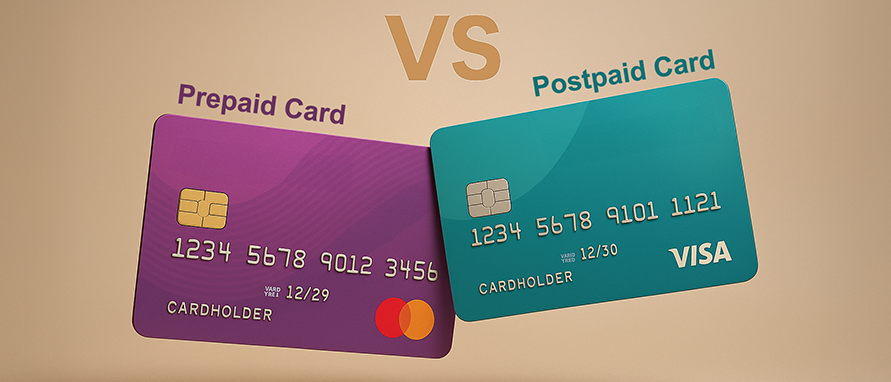Managing money during student life or your first job can feel challenging, especially when you are still learning financial responsibility. Here are some key benefits of using prepaid credit cards for students and freshers:
Easy to Get Without Income Proof
Prepaid credit cards for students do not require income verification or credit history. This makes them accessible to students and freshers starting their financial journey.
Helps Control Spending
Since you can only spend the preloaded amount, prepaid credit cards for freshers help maintain better control over expenses. This reduces the risk of overspending.
Safe for Online Payments
Prepaid cards provide a secure way to pay for subscriptions or online shopping. Even if details are compromised, the risk is limited to the available balance.
No Risk of Debt
You are spending your own money with prepaid cards, not borrowed funds. This removes the worry of accumulating debt due to missed repayments.
Teaches Budgeting Habits
Prepaid credit cards for students encourage you to plan spending within limits. This practice builds strong budgeting habits from an early stage.





































